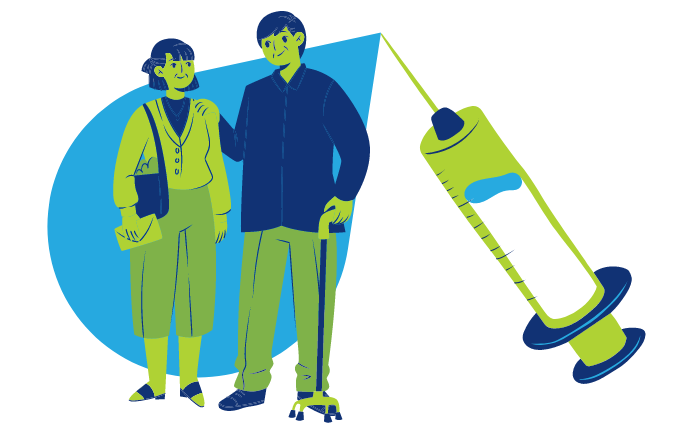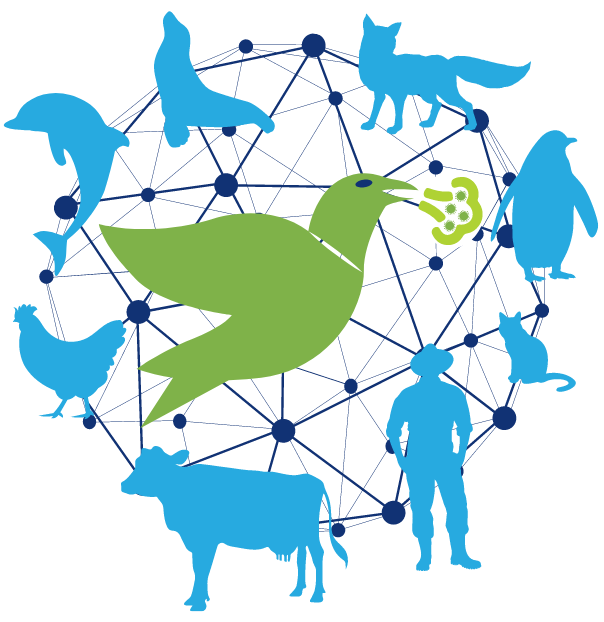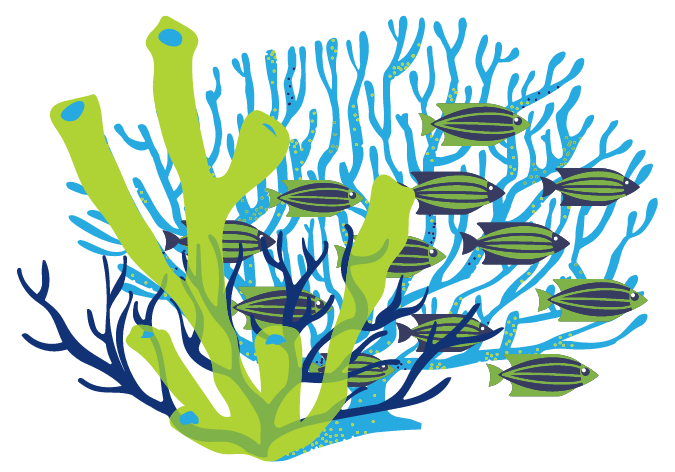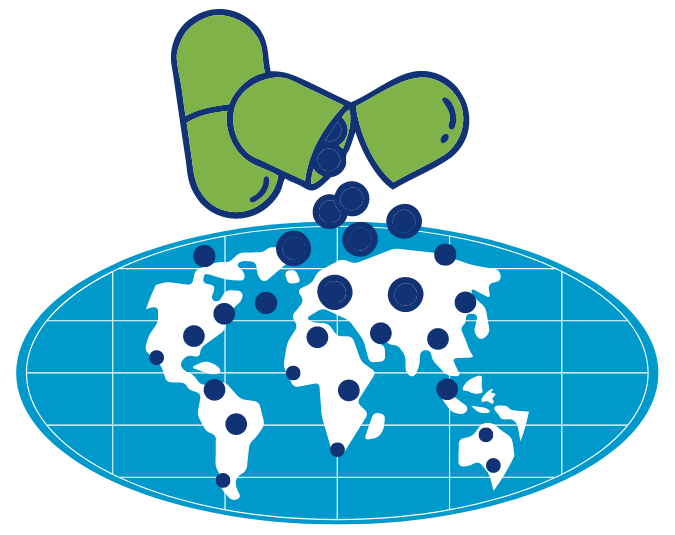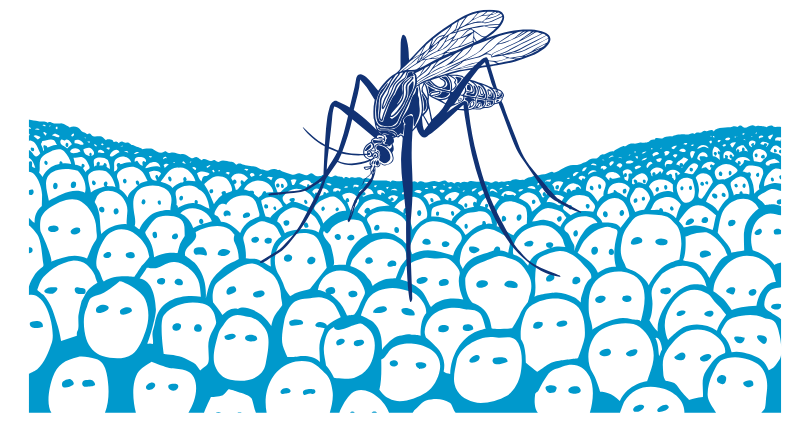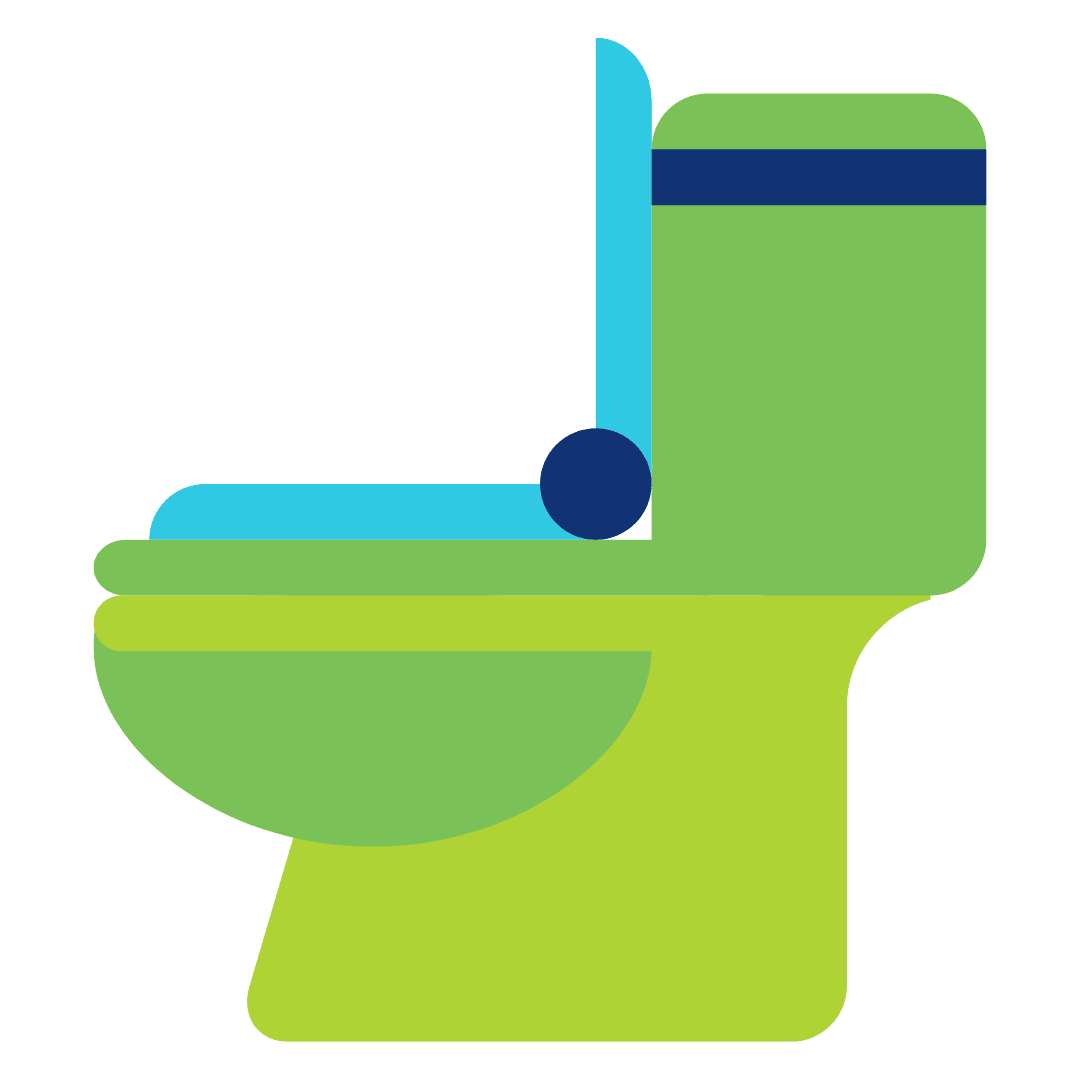
In this episode, our guests, Dr. Joakim Larsson and Dr. Amy Kirby, chat with our host, Maggie Fox, about the use of wastewater to detect known and unknown pathogens.
What have we learned from tracking COVID-19 in wastewater? How can we use wastewater surveillance for monitoring antimicrobial resistance (AMR)? Could we someday detect and stop the next pandemic by sifting through sewage? Let’s find out!
Maggie Fox:
Hello, and welcome to One World, One Health with the latest ideas to improve the health of our planet and its people. I’m Maggie Fox. This podcast is brought to you by the One Health Trust. We’re looking at possible solutions to problems facing the world, as explained by the scientists and experts who are working to make a difference. You’ve always wanted to help planet Earth and these bite-sized insights into new ways of protecting our planet and people may be a good place to start.
Here’s an intriguing way to help defend humanity against pathogens – looking at sewage. What goes in must come out. And that’s really true when it comes to disease. Your poop carries traces of the germs that are in your body, and that goes for COVID as well as for other diseases like polio. And public health experts are finding ways to look at sewage to monitor what’s going on at a population level.
In this episode, we’re talking to Dr. Amy Kirby, an environmental microbiologist at the US Centers for Disease Control and Prevention, and to Professor Joakim Larsson in the Department of Infectious Diseases at the University of Gothenburg in Sweden. First up, we asked Dr. Kirby to tell us just what wastewater surveillance is.
Amy Kirby:
Yeah, so wastewater surveillance is not a new idea. We’ve been using it for polio surveillance for decades really, since the 1960s. And the idea is basically looking for pathogens that are shed in stool and finding a “passive to the community” way to get that pooled stool sample. So looking at wastewater as a community stool sample to understand where the disease may be present and for COVID, we can also look for trends and levels of the disease.
So are cases in that community increasing? Are they decreasing or are they stable? And we’ve really seen that for COVID it provides an early alert of where we’re seeing increases in cases, and we can use that information to target mitigation efforts, to really head off those increases as much as we can.
Maggie Fox:
We asked Dr. Larsson to explain some of the advantages of looking at the sewage of a whole neighborhood or even a whole city.
Joakim Larsson:
So there are a number of advantages with sewage surveillance. The most obvious advantage is that with one single sample, you’re actually analyzing bacteria or viruses from thousands and thousands of people. So it becomes a pretty inexpensive way to monitor large populations. The best advantage there is that you can find rare forms of disease or rare forms of bacteria, for example. But you can also have a great use for this in developing parts of the world where there is basically no clinical surveillance. But there are also challenges, of course, in terms of benchmarking sewage surveillance against traditional clinical surveillance.
Maggie Fox:
Dr. Kirby told us the CDC and other authorities have been using wastewater to keep an eye on the COVID pandemic.
Amy Kirby:
Wastewater surveillance has been a very effective tool for helping us monitor the COVID pandemic, really in locations around the world. It only really works for COVID when it’s quantitative, so we need to be able to have those concentration measures so that we can look at trends, right? Are cases increasing or decreasing? And what we’ve seen throughout the course of the pandemic is that we can detect those trends in wastewater on average 4 to 6 days before we see those same trends in cases. And while 4 to 6 days may not seem like a lot in the COVID pandemic, that’s a lot of time to make decisions about resource allocation, to put out messaging, to really prepare the community for the increase in cases that is going to be coming. And it’s been a great success. And we look forward to building on that and expanding it to other targets beyond COVID.
Maggie Fox;
Dr. Kirby says it’s possible to use these methods to look for pathogens we don’t even know about yet.
Amy Kirby;
Certainly for pathogens that we know are excreted in stool and urine potentially, wastewater surveillance seems to be a very promising approach for those pathogens, as well as potentially chemicals that are excreted in stool and urine. There is a lot of interest in developing this for the unknown pathogen. What’s the next pandemic that’s going to happen? I think we have some technological innovations and development to do there. And personally, my concern is we really need to know how to confirm that potential signal when we get it.
So when we see something that could potentially be a new pathogen, how do we confirm that that is in fact there, before we respond to it? Because I think as promising as wastewater surveillance is, it also has the potential for false positives, and we want to be really cognizant of that when we’re looking for those unknown pathogens.
Maggie Fox:
We asked Dr. Larsson if it might be possible to use wastewater surveillance to look for antibiotic-resistant microbes, germs that resist the known drugs used to fight them now.
Joakim Larsson:
In fact, we’ve already done so. A couple of years ago, we showed that there was a new resistance gene, completely new resistance gene that nobody heard of against a particular type of antibiotic and aminoglycosides that we found in wastewater. And then we realized it was already present in pathogens in China and in the U.S. but it has passed unnoticed among all the clinicians.
So we were able to find this because we look in a sewage sample where there’s basically bacteria from thousands and thousands of people. So we can find the really rare things there.
Maggie Fox:
Dr. Kirby said the CDC is really investing in this technique.
Amy Kirby:
Yeah, I am really happy to say that this is now considered part of the CDC surveillance portfolio. The National Wastewater Surveillance System is funded through 2025, and that will cover expansion to all 50 states, as well as expansion beyond COVID. So we’re going to be adding surveillance in this initial round this year to include antibiotic resistance, foodborne pathogens like E.coli, salmonella, norovirus, other respiratory pathogens like influenza, as well as the emerging fungal pathogen, Candida Auris.
So really pushing this surveillance system to be the multi-target surveillance platform that we frankly have been envisioning for many years, but weren’t able to get the kind of return on investment that we needed to build this system. And COVID really changed that, and enabled us to build this surveillance infrastructure. So we’re working rapidly to leverage that to build a sustainable system.
Maggie Fox:
We asked Dr. Larsson how hard it is to interpret a big sample of sewer water.
Joakim Larsson:
When you take a sample from sewage, you actually collect information from everyone that is contributing to that sewage. So in contrast to clinical surveillance, where you usually sample patients here, you’ll actually sample the entire communities and not only those that are sick, but also those that are healthy. And if you take samples from a hospital, you’re focusing perhaps a little bit more on those that are sick. But still, you will get bacteria, viruses from people who work there or are visitors. Basically, anyone that is using the toilet.
So I think it challenges the interpretation of the numbers that you get in the data so that you’re aware of that, this is not exactly the patients you’re looking at, you’re looking at the greater population of people. And also sometimes there could be contributions from other sources depending on what microorganisms you are looking at.
Maggie Fox:
And one big question, are we really sending people into sewers to do this?
Amy Kirby:
So at least here in the US, people generally are not going down into the sewers physically, but we are taking samples directly from either the sewer mains through a manhole. So generally an autosampler is the tube lowered down into the sewer and then draws up a sample over the next 24 hours. Or more frequently, they’re taking a sample as it’s coming into the wastewater treatment plant. So there’s often a port where the utility workers can access it. So it is coming directly from the sewer main, but we’re not actually sending people down into the sewers.
Maggie Fox
We’d like to thank Dr. Kirby and Dr. Larsson for sharing their ideas with us.
You can share this podcast, which is brought to you by the One Health Trust, by email, Twitter, or your favorite social media platform. And let us know what else you’d like to hear about at [email protected]. Thanks for listening.
Guest
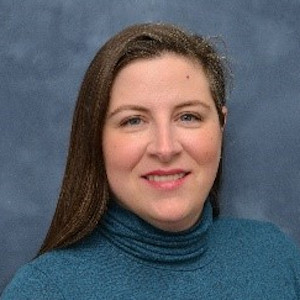
Dr. Amy Kirby is an Environmental Microbiologist in the Waterborne Disease Prevention Branch and the Program Lead for the National Wastewater Surveillance System (NWSS) at the Centers for Disease Control and Prevention (CDC).
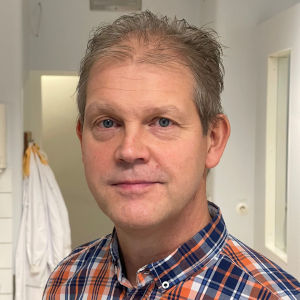
Dr. Joakim Larsson is a Professor in Environmental Pharmacology at the Department of Infectious Diseases, University of Gothenburg, Sweden, and the director of the multidisciplinary Centre for Antibiotic Resistance Research (CARe).
Credits
Hosted and written by Maggie Fox
Special guests: Amy Kirby and Joakim Larsson
Produced and edited by Samantha Serrano
Music composed and sound edited by Raquel Krügel
Transcript created by Harsh Pingle

